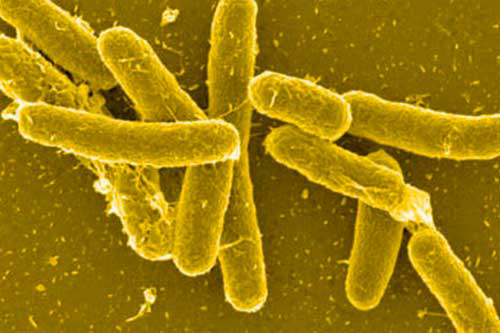Salmonella – a needle in a haystack?

Salmonella has been high on the poultry industry’s hit list for many years, not only because of the impact on human health, but also because of its devastating effect on flock morbidity and mortality, gut health, feed conversion and profitability.
Now, with the final text of the USDA’s New Poultry Inspection System demanding critical control points and testing to ‘prevent Salmonella and Campylobacter contamination, rather than address contamination after it occurs’, the hunt Salmonella has become a top priority in North America and beyond.
Difficult to find in feed
With 30 years’ experience identifying and controlling pathogens in feed, research scientist and Anitox Chief Science Officer Dr Kurt Richardson knows more than most about the challenges faced by Salmonella hunters: “The characteristics of Salmonella make it notoriously difficult to find in feed and ingredients; it occurs in pockets and at extremely low levels, so it’s like looking for a needle in a haystack.”
As Dr Richardson explains, uneven distribution leads to uncertainty in detection and demands that testing regimes be comprehensive and rigorous if results are to be relied upon. “There are plenty of practical examples to underline the challenges feed and poultry producers face,” he says. “One North American poultry breeder, for example, recently experienced issues with Salmonella Enteritidis (SE) in chicks. While tests showed samples from the feed, farm and hatchery contained some serotypes of Salmonella, none returned positive for SE. The answer may lay in the way samples had been collected, subsampled and analysed.”
Distribution in the feed
Let’s take a look at the challenges with sampling Salmonella first. It is well known that the level of salmonella in feed and feed ingredients is extremely low; as little as 2-4 cfu/100g1. So if 100 colonies of Salmonella were added to one ton of feed and distributed evenly, the odds of you finding Salmonella in a single 25g sample are less than one-in-400. And we know that Salmonella doesn’t distribute itself evenly through a load, significantly increasing those odds still further. “Choosing your sampling methods carefully and composting samples – mixing ten larger subsamples, for example, from which to take a single 25g sample for analysis – all help overcome the uncertainty. So too will careful preparation of samples. Feed tends to segregate when shipped resulting in large particles at the top of the bag and small particles in the bottom. The smaller particles are where the most Salmonella is most likely to be found. Independent research2 has proven the relationship between particle size and the level of Salmonella detected.
Implement robust sampling
“Salmonella in feed and feed ingredients is usually in an injured or stressed state and in need of resuscitation. But pre-enrichment isn’t without its complications as feed and feed ingredients pose unique challenges. The presence of other bacteria in relatively significantly higher proportion can affect the pH levels of pre-enrichment media designed for human foods, adversely impacting on the target Salmonella, and on some strains of Salmonella more than others. “The challenge, therefore, is to implement a robust sampling and sample preparation protocol designed to ensure that where Salmonella exists, it’s found and identified reliably and accurately, bearing in mind that the detection methods at our disposal can in some instances influence the serotypes of Salmonella found.
Dr Richardson’s full paper – Challenges in Recovering Salmonella from Feed and Ingredients AAAP 2014 – is available to download from Anitox.com.
References are available on request.











